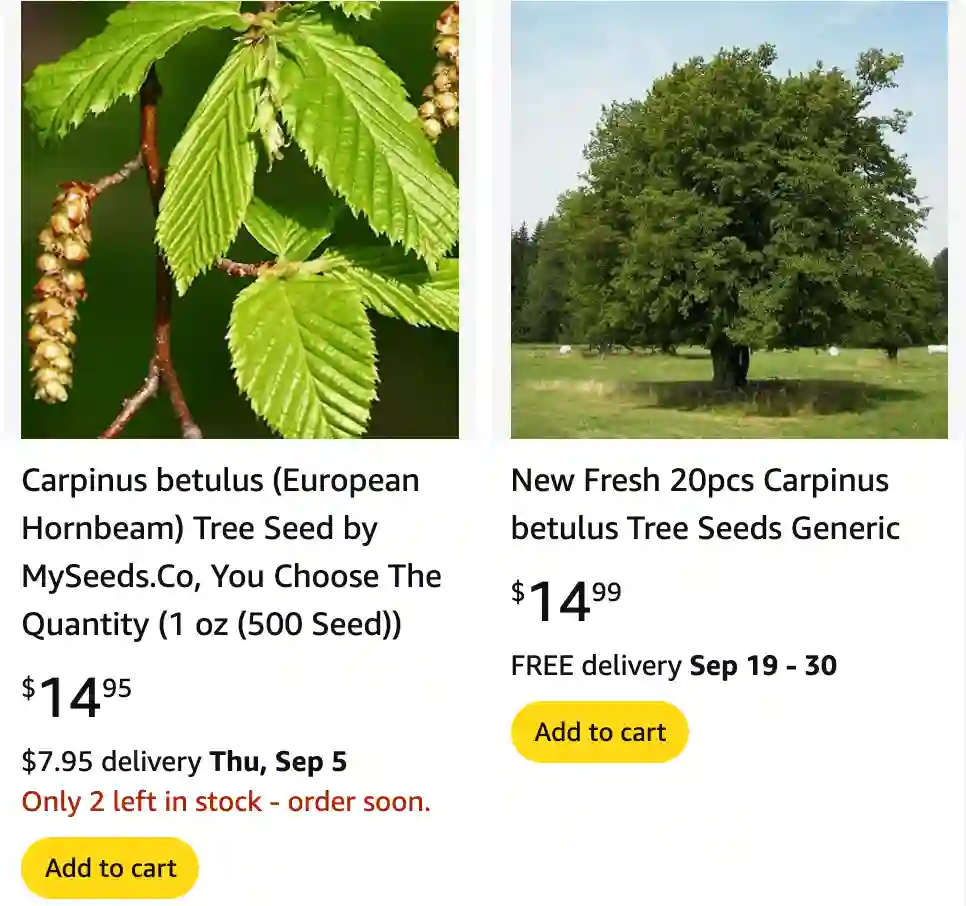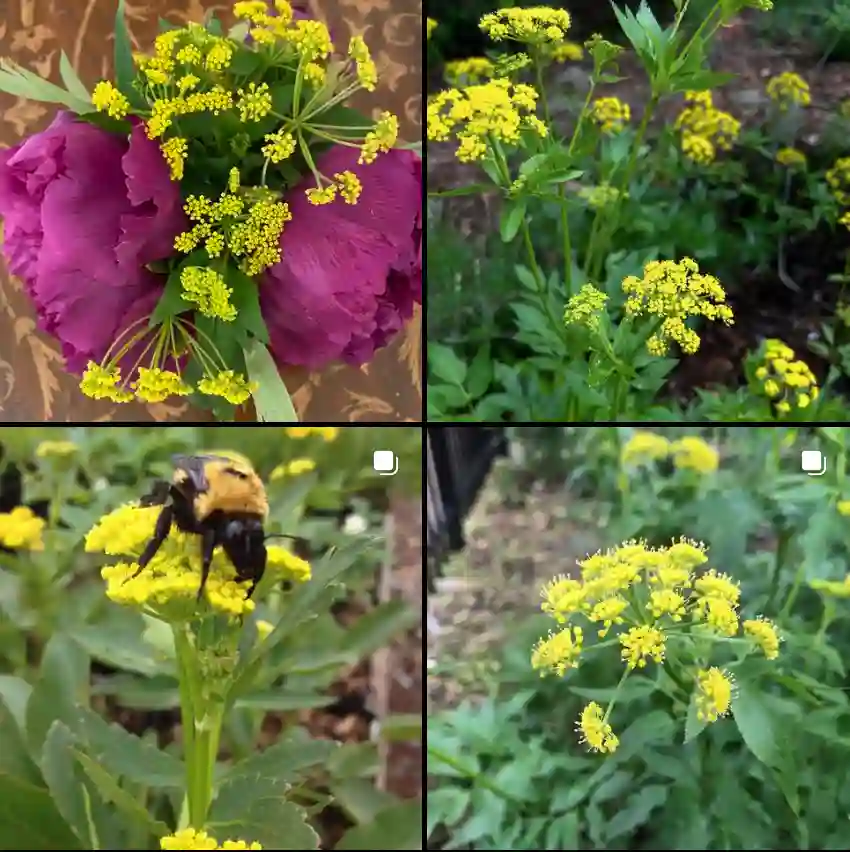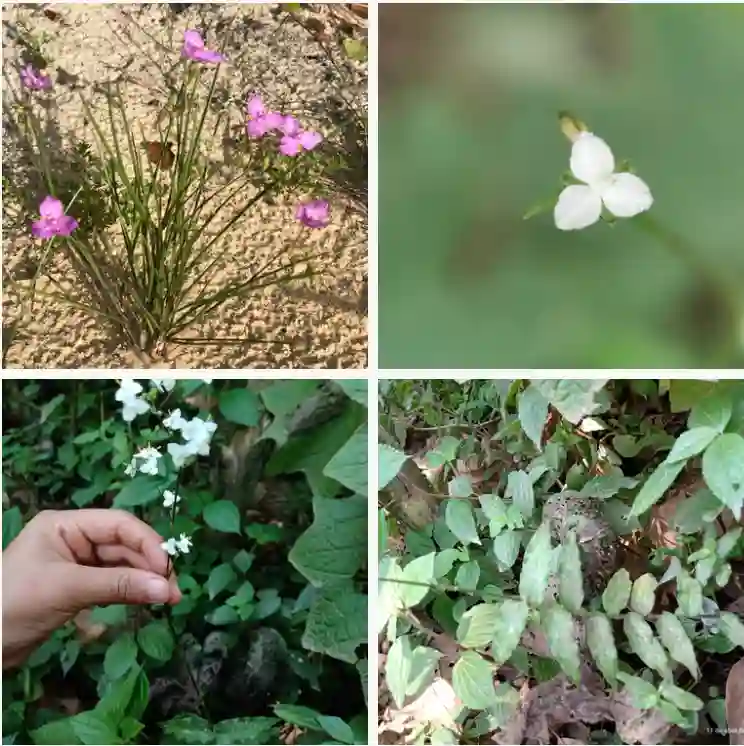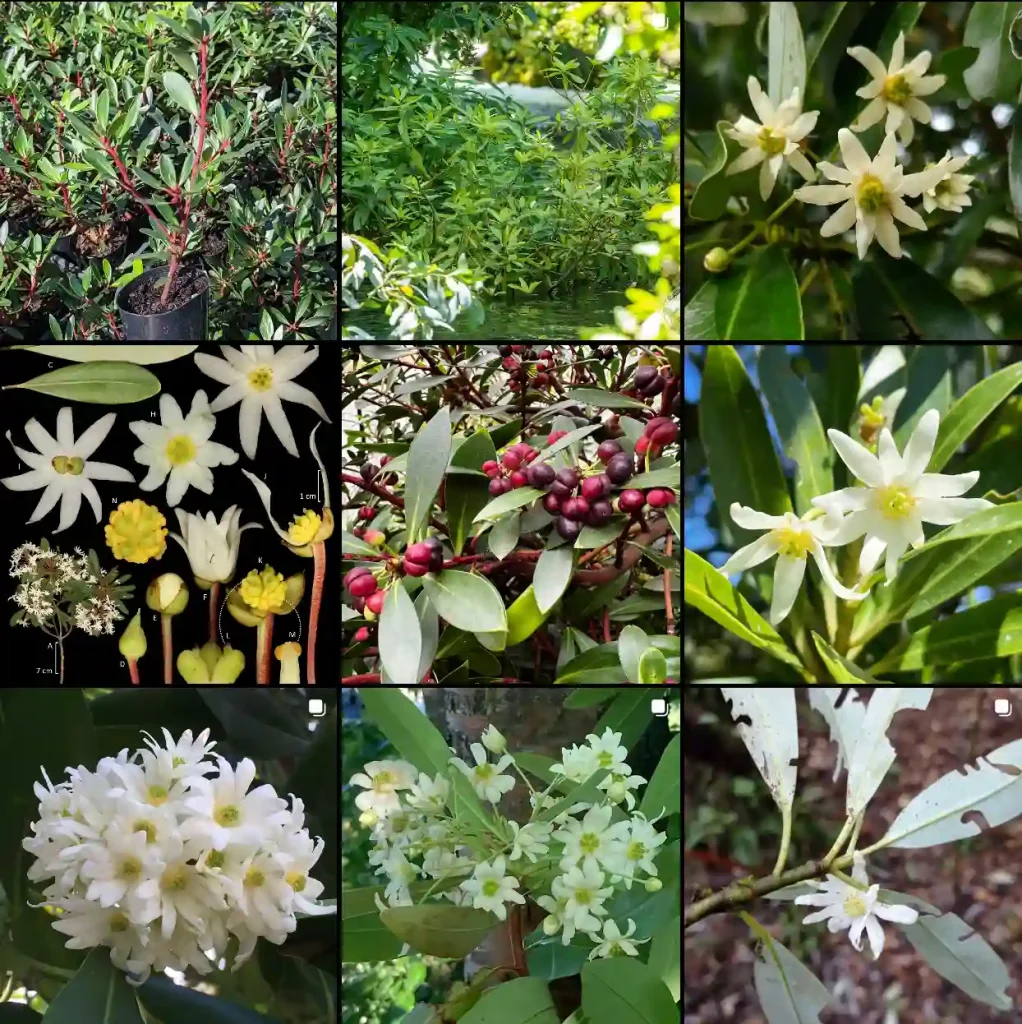
Carpinus Betulus: Your Ultimate Guide
As a plant enthusiast, I often get asked about various trees, and Carpinus Betulus, commonly known as European Hornbeam, is no exception. It’s a versatile tree with a lot to offer. Here’s everything you need to know about Carpinus Betulus, from planting to comparing it with similar species.
44 Species in Genus Carpinus
Is Carpinus Betulus Evergreen?
Carpinus Betulus is not an evergreen. Unlike evergreens that maintain their leaves throughout the year, Carpinus Betulus is a deciduous tree. This means it sheds its leaves in the fall, making way for new foliage in the spring. Its bare branches in winter might not provide the year-round greenery some people desire, but its stunning autumn colors and distinct bark texture offer seasonal interest.
How to Plant Carpinus Betulus?
Planting Carpinus Betulus is relatively straightforward. Here are the key steps I follow:
- Choose the Right Location: Carpinus Betulus prefers well-drained soil and a spot that receives full sun to partial shade. It’s adaptable but thrives in cooler climates.
- Prepare the Soil: Ensure the soil is rich in organic matter. While this tree can tolerate a range of soil types, it does best in loamy, slightly acidic to neutral soil.
- Planting: Dig a hole that is twice the width of the root ball but no deeper. Place the tree in the hole, ensuring the top of the root ball is level with the surrounding soil. Backfill with soil and water thoroughly.
- Care: After planting, water the tree regularly, especially during dry spells, to establish a strong root system. Mulch around the base helps retain moisture and suppress weeds.
Is Carpinus Betulus Native to the US?
No, Carpinus Betulus is not native to the United States. It is originally from Europe and parts of Asia. Its adaptability and aesthetic appeal have made it a popular choice for gardens and landscapes in various parts of the US, but it’s important to note its non-native status.
Where to Find Sinus Medicine Carpinus Betulus?
It appears there might be some confusion here. Carpinus Betulus is not used in sinus medicine. If you’re looking for sinus relief, it’s best to consult a healthcare professional or look into over-the-counter medications designed specifically for sinus issues.
Carpinus Betulus vs. Fagus Sylvatica
Carpinus Betulus and Fagus Sylvatica (European Beech) are often compared because they share some similarities but also have distinct differences.
- Foliage: Fagus Sylvatica retains its leaves longer into the winter, providing a more persistent winter interest compared to Carpinus Betulus.
- Growth Habit: Both trees are deciduous, but Fagus Sylvatica tends to have a more rounded crown, whereas Carpinus Betulus often has a more irregular shape.
- Bark: Carpinus Betulus has distinctive, smooth gray bark that is often likened to the bark of a muscle, while Fagus Sylvatica has a smooth, pale gray bark that does not have the same texture.
Carpinus Betulus vs. Alnus
Comparing Carpinus Betulus with Alnus (Alder) reveals several differences:
- Leaf Shape: Carpinus Betulus has ovate leaves with serrated edges, while Alnus leaves are typically rounder and less serrated.
- Growth Conditions: Alnus species are known for their ability to grow in wetter conditions compared to Carpinus Betulus, which prefers well-drained soil.
- Root System: Alnus has a symbiotic relationship with nitrogen-fixing bacteria, which can improve soil fertility, a trait not shared by Carpinus Betulus.
Carpinus Betulus vs. Carpinus Betulus Fastigiata
Carpinus Betulus Fastigiata is a columnar form of Carpinus Betulus. Here’s how they differ:
- Shape: Carpinus Betulus Fastigiata has a more upright, narrow shape compared to the broader, more spreading habit of the standard Carpinus Betulus.
- Size: The Fastigiata variety tends to stay smaller in width, making it ideal for tighter spaces or formal hedges.
- Growth Rate: Both grow at a similar rate, but the Fastigiata’s compact form is more suited for urban environments where space is limited.
Carpinus Betulus vs. Carpinus Caroliniana
Carpinus Caroliniana, or American Hornbeam, is often compared with Carpinus Betulus due to their similarities:
- Origin: Carpinus Caroliniana is native to North America, while Carpinus Betulus is European.
- Leaf Texture: Carpinus Caroliniana leaves are typically smaller and have a more pronounced texture compared to the larger, smoother leaves of Carpinus Betulus.
- Growth Habit: Carpinus Caroliniana usually grows slower and has a denser, more compact habit compared to the more vigorous Carpinus Betulus.
How to Care for Carpinus Betulus?
Caring for Carpinus Betulus involves a few key practices:
- Watering: Regular watering during dry periods helps establish a strong root system. Once established, the tree is fairly drought-tolerant.
- Pruning: Prune in late winter or early spring to maintain its shape and remove any dead or damaged branches.
- Fertilizing: A balanced, slow-release fertilizer can help promote healthy growth, especially in nutrient-poor soils.
How to Propagate Carpinus Betulus?
Propagation is usually done through seeds or cuttings:
- Seeds: Sow seeds in a cold frame or pots outdoors in the fall. Germination can be slow, taking several months.
- Cuttings: Hardwood cuttings taken in late summer or early fall can be successful. Ensure the cuttings are from healthy, mature wood.
What to Plant with Carpinus Betulus?
Carpinus Betulus pairs well with a variety of plants:
- Underplantings: Consider shade-tolerant plants like hostas or ferns that will thrive under its canopy.
- Companion Trees: It complements other deciduous trees like maples and oaks, providing a contrast in shape and foliage.
- Ground Cover: Use ground covers like creeping thyme or vinca to enhance the area around the base.
Can You Grow Carpinus Betulus Indoors?
Carpinus Betulus is not suitable for indoor growth. It requires ample space and a natural outdoor environment to thrive. For indoor spaces, smaller plants or dwarf varieties are more appropriate.
Is Carpinus Betulus Toxic?
Carpinus Betulus is not known to be toxic to humans or pets. It’s generally considered safe and can be a great addition to family-friendly gardens.
Benefits of Carpinus Betulus
- Aesthetic Appeal: Its attractive bark and autumn foliage make it a visually appealing choice for landscapes.
- Versatility: Adaptable to various soil types and conditions, making it suitable for different garden settings.
- Shade: Provides good shade coverage, which can help cool your garden area.
Common Problems with Carpinus Betulus
- Pests: Watch out for aphids and scale insects, which can occasionally affect its health.
- Diseases: While generally healthy, it can be susceptible to fungal infections in overly wet conditions.
By understanding these aspects of Carpinus Betulus, you can make informed decisions about incorporating this tree into your garden or landscape. Whether you’re comparing it with similar species or learning how to care for it, Carpinus Betulus is a fascinating tree with a lot to offer.
If i die, water my plants!



